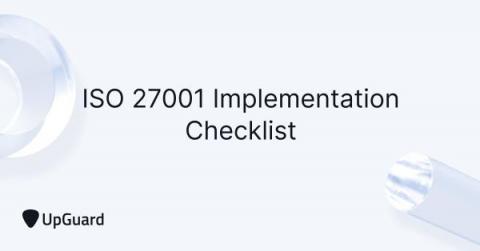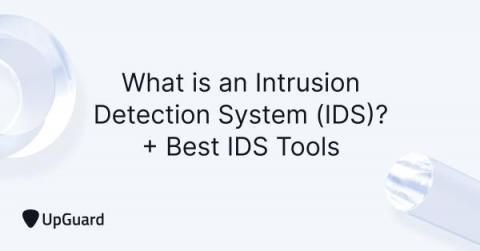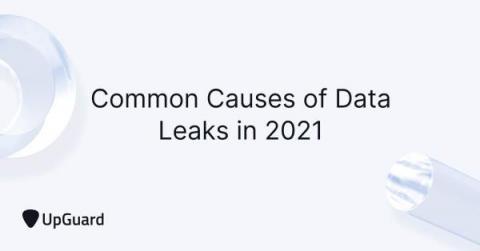What is SASE (Secure Access Service Edge)?
SASE (Secure Access Service Edge) is a network architecture that unifies network and security solutions into a cloud-based service to enhance accessibility, efficiency, and cybersecurity. The concept of SASE was introduced in Gartner's 2019 report 'The Future of Network Security Is in the Cloud'. The concept emerged from organizations' increasing demand for reliable access across transforming network approaches.










